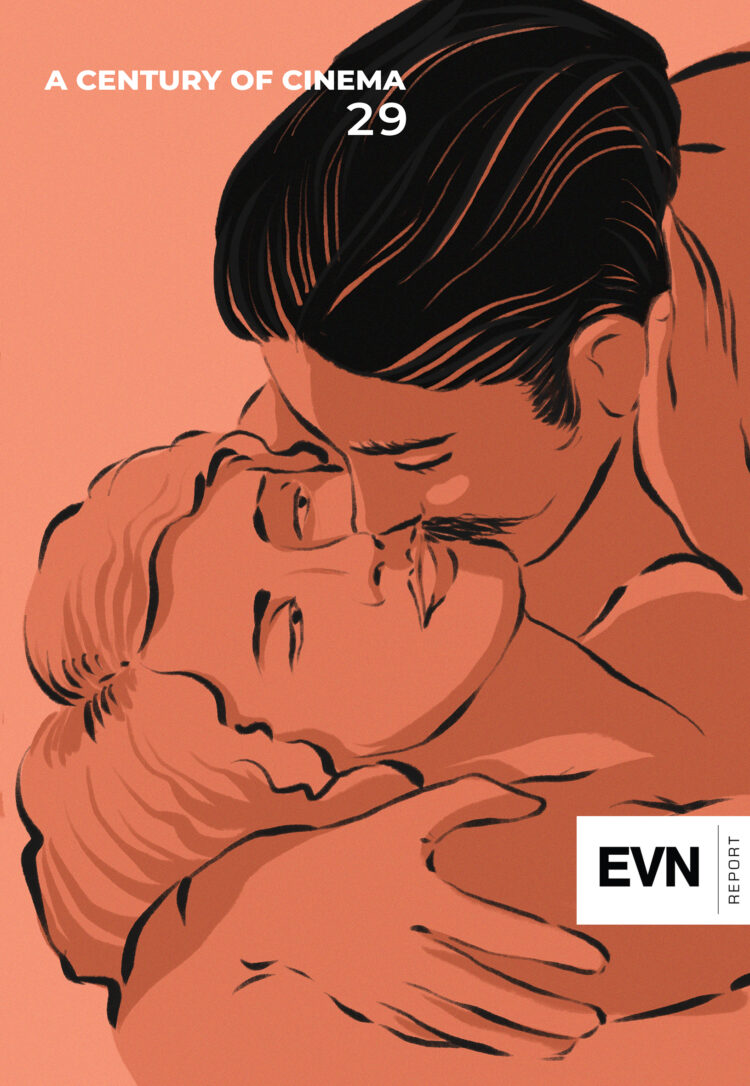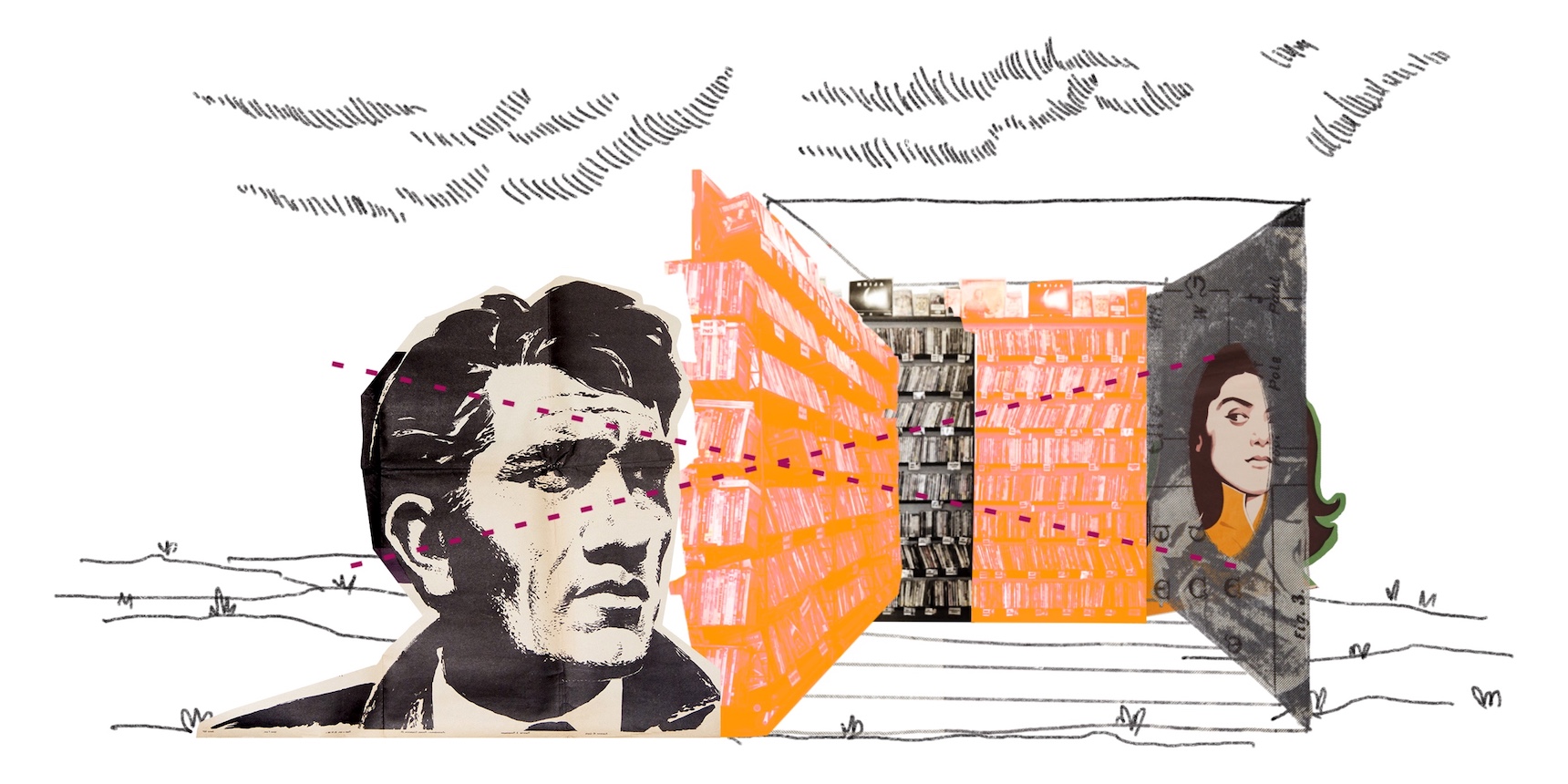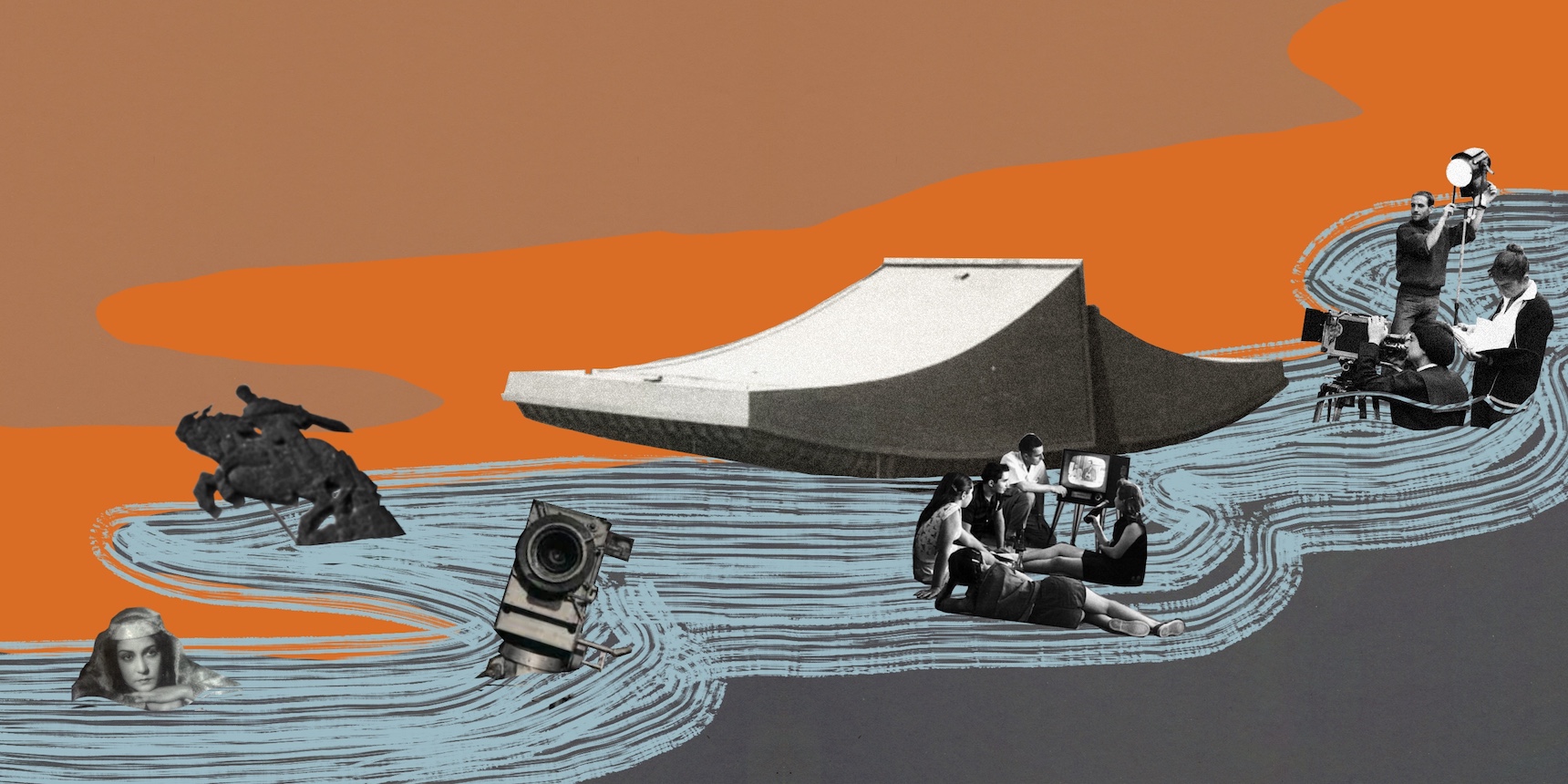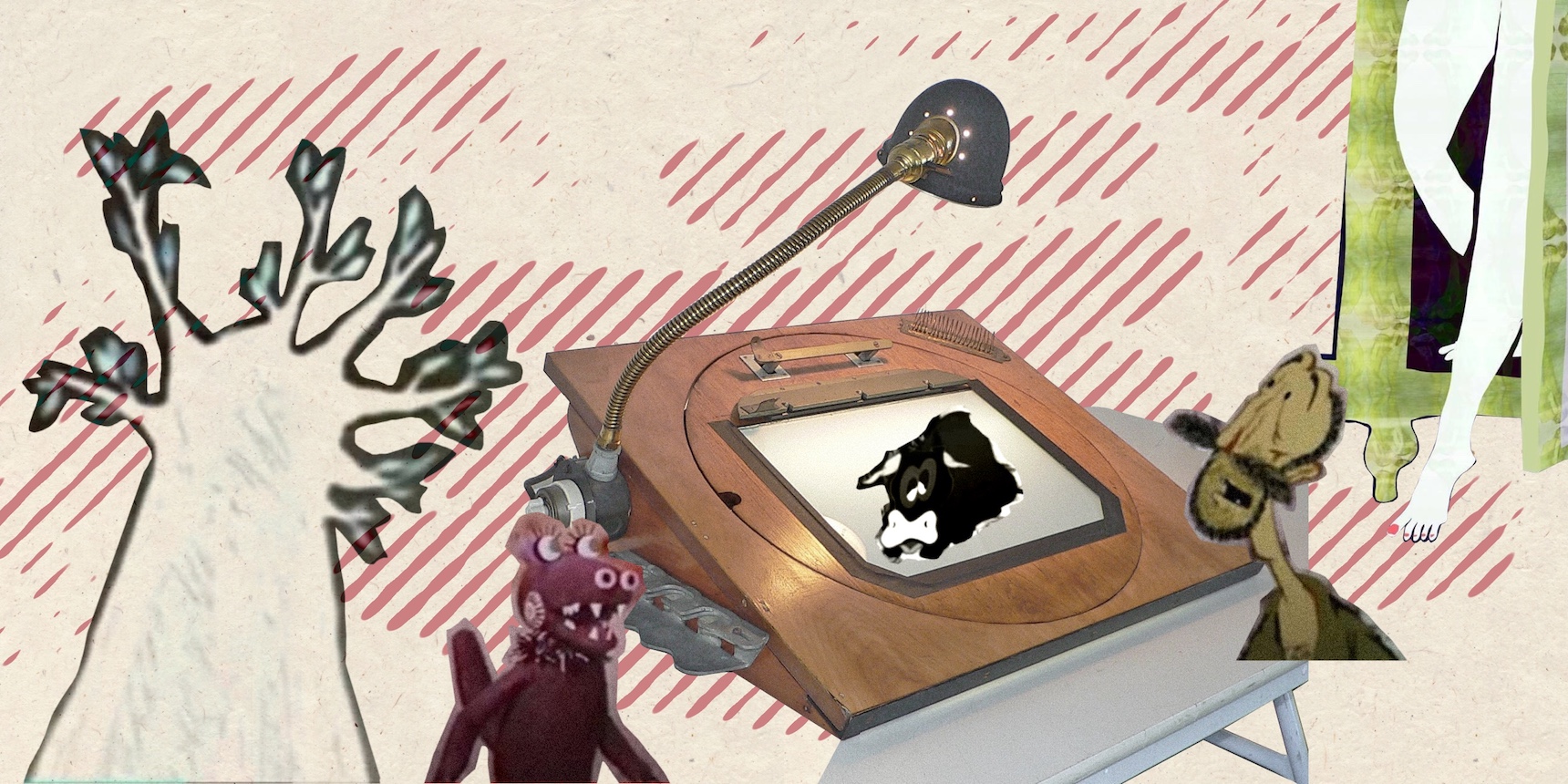Issue N29


Back in the first years of the war-torn, crisis-stricken and extremely fragile Soviet Armenian republic, a small group of passionate, young idealists decided that the economically destitute country had to establish its own film industry from scratch, thus enabling the transmission of Armenian stories to audiences worldwide, while helping to edify the downtrodden masses at home. Exactly 100 years after that fateful date in 1923, Armenian cinema has traversed a path of remarkable complexity and drama, which merits a “biopic” in its own right. Reflecting back on this history, we find not only a sprinkling of beloved cinematic narratives that have long become a part of Armenia’s cultural fabric, or a handful of films that have, astonishingly, made an impact on the development of the 7th art itself. What we find, above all, is a poignant reflection of the nation’s collective spirit – its great aspirations and dreams, its woeful failures and missteps, its fears and its will to persevere against all odds.
The richness of this legacy truly marks one of the great peaks of Armenian cultural achievement, and to celebrate it, EVN Report has dedicated its May issue to some of its proudest, as well as more under-acknowledged moments. In her article on Daniel Dznuni, Anush Vardanyan sheds new light on the inspiring and tragic fate of the Armenian film industry’s spearheading founder, while the editor of our Et Cetera section, Vigen Galstyan dissects the intricate codes of one of the greatest Soviet films of the 1960s, Frunze Dovlatyan’s “Hello, It’s Me”, newly restored by the National Cinema Center of Armenia. Turning her attention on the venerated school of Armenian animation, Sona Karapoghosyan has unearthed a veritable pleiad of women animators, whose contributions and achievements to the medium have been mostly ignored thus far. Looking at the “other end” of film culture – the audiences – Taguhi Torosyan analyzes the significance of film spectatorship as a social phenomenon, and what the current haphazard relationship between local viewers and the Armenian screen means in political terms. Rounding off the issue is a beautiful gallery of rarely-seen foreign-produced posters for Armenian movies, which testify to our cinema’s once-notable presence on the international arena – a position that it has been tentatively and steadily returning to in recent years.

The decay of cinema as an intellectual and creative medium is difficult to deny and poster art, that once acted as a visual portal into the film’s world and less as a means of direct advertisement, has been replaced by nondescript and formulaic film advertising.

Armenia’s local film industry has managed to slowly bounce back after nearly two decades of stasis with an average of 25 features per year. But do these films truly reflect the realities of the people and the country that they purport to represent?

The remarkable contributions to the development of Armenian animation by female artists have yet to be explored and properly appreciated. In her latest article, Sona Karapoghosyan unearths a veritable pleiad of women animators.

Anush Vardanyan sheds new light on the inspiring and tragic fate of the Armenian film industry’s spearheading founder, Daniel Dznuni.
EVN Report’s mission is to empower Armenia, inspire the diaspora and inform the world through sound, credible and fact-based reporting and commentary. Our goal is to increase public trust in the media. EVN Report is the media arm of EVN News Foundation registered in the Republic of Armenia in 2017.
SUPPORT INDEPENDANT JOURNALISM